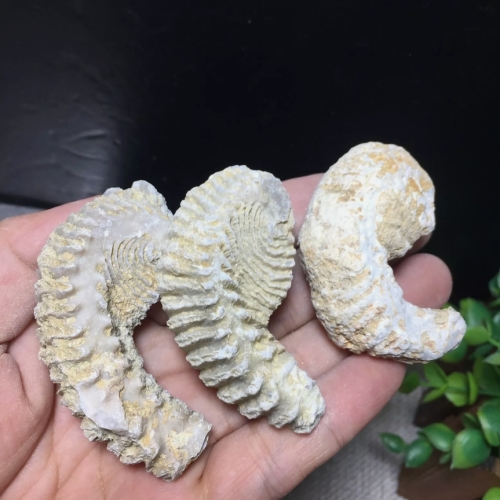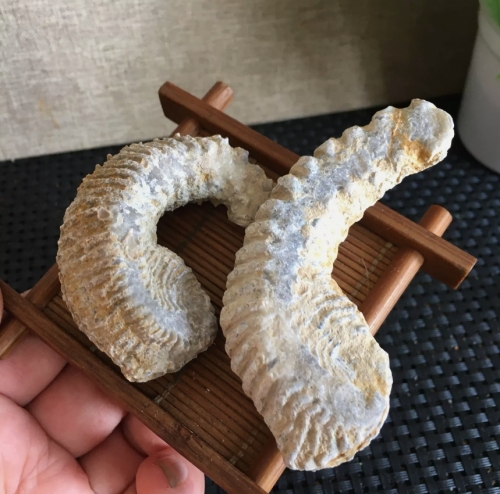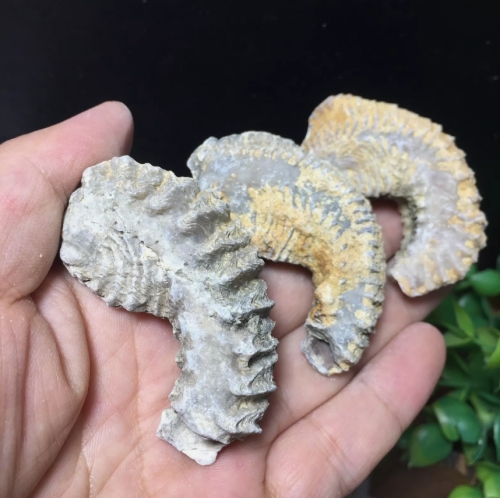Oyster is a kind of bivalve widely distributed in the coastal waters of the world, and has attracted much attention for its unique ecological function and economic value. As filter feeders, oysters feed on plankton and organic particles in the water and play an important role in the aquatic ecosystem. Oysters go through multiple stages of development throughout their life cycle, from juvenile to adult, and their specimens provide a powerful tool for understanding the characteristics and habits of this creature.
The shell of an oyster is hard and irregular, usually a certain gray, brown, or black color, and the surface is covered with stripes and raised lines. This appearance not only helps them hide in their natural environment, but also provides protection from predators. The fleshy interior of oysters is relatively soft and is loved for its abundance of nutrients. Whenever its shell is opened, the delicious meat often lures diners and makes people salivate.
In the ecosystem, oysters are seen as natural filters. They can filter a large amount of water every day, purify the environment, and maintain clean water quality. This ability not only provides good living conditions for themselves, but also creates a healthy ecological environment for the surrounding creatures. In addition, oysters form large oyster reefs, which provide habitat for countless other Marine life and contribute to the maintenance of biodiversity.
From a gastronomic point of view, oysters are widely used in various dishes, and their meat is fresh and tender, rich in protein, minerals and vitamins, so they are loved by consumers. In many cultures, oysters are not only a delicacy, but also a symbol of good luck and love. Whether eaten raw, grilled or added to soups, oysters always add a touch of flavor to the table.
















